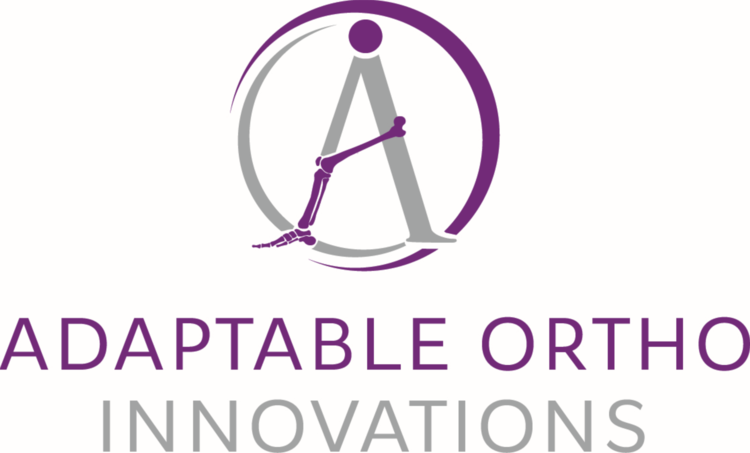A medical device designed and tested at Clarkson University has received FDA 510(k) pre-market clearance.
This new device, an adjustable-length intramedullary nail (IM nail), was developed jointly by Clarkson Associate Professor Laurel Kuxhaus and former Canton-Potsdam Hospital Orthopedic Surgeon Marty Clark. An IM nail is a device that is used to put broken long bones, like a tibia or femur, back together.

The innovation’s first use case will be in trauma surgery for tibia leg bone fractures and will enable individualized treatment for patients and cost savings for device manufacturers, hospitals, and surgery centers engaged in tibial intramedullary nailing. The new device will add value to the entire supply chain by greatly reducing stock-keeping unit (SKU) count and inventory costs, streamlining inventory management and device delivery logistics, and improving the patient and provider experience through patient-tailored treatment.
Currently, orthopedic surgeons must choose from up to 127 SKUs of differently sized tibial intramedullary nails for their patients, which span multiple diameters and numerous lengths. Manufacturers, hospitals and surgery centers incur significant inventory costs associated with stocking tibial nails. The innovative adjustable length tibial nail greatly reduces the number of SKUs from 127 to only 9 and will allow the surgeon to customize the nail length for the individual patient prior to implantation.
“This is the first adjustable-length fracture fixation device that offers a custom fit to each patient while minimizing inventory and production costs,” said Clark.
Kuxhaus, who has a long history of studying orthopaedic implants, connected with Clark at a local networking event. Clark approached her about his idea for the IM nail, and the pair began to develop the device with help from Clarkson students.
“We started to sketch things out. I had a new Master’s student, Alex Throop, starting around that time. The initial design and first evaluation of the device became his thesis,” Kuxhaus said. “The Shipley Center helped get us some seed funding for the next round of the design. After Alex graduated, Mark Hedgeland, another Master’s student, joined the lab and did the next iteration of design and testing.”
Clark and Kuxhaus collaborated to design and patent the adjustable length intramedullary nail in the Orthopaedic Biomechanics Laboratory at Clarkson, with support from the Coulter Foundation and Shipley Center for Entrepreneurship at Clarkson University. The promising results of the research and development led to the founding of Adaptable Ortho Innovations LLC with help from Clarkson alumni and company advisors Scott Gucciardi ’90 and Steve Palin ‘90. The company is actively seeking a strategic partnership to facilitate the next phases of commercializing the patented invention.
The process has been challenging, Kuxhaus said, but has been an invaluable learning experience.
“Seeing how the project developed has been great, and as a professor, I’m proud of my students who did all the great work along the way,” she said.
Learn more about Adaptable Ortho Innovations and the group’s new IM nail by visiting adaptableortho.com.